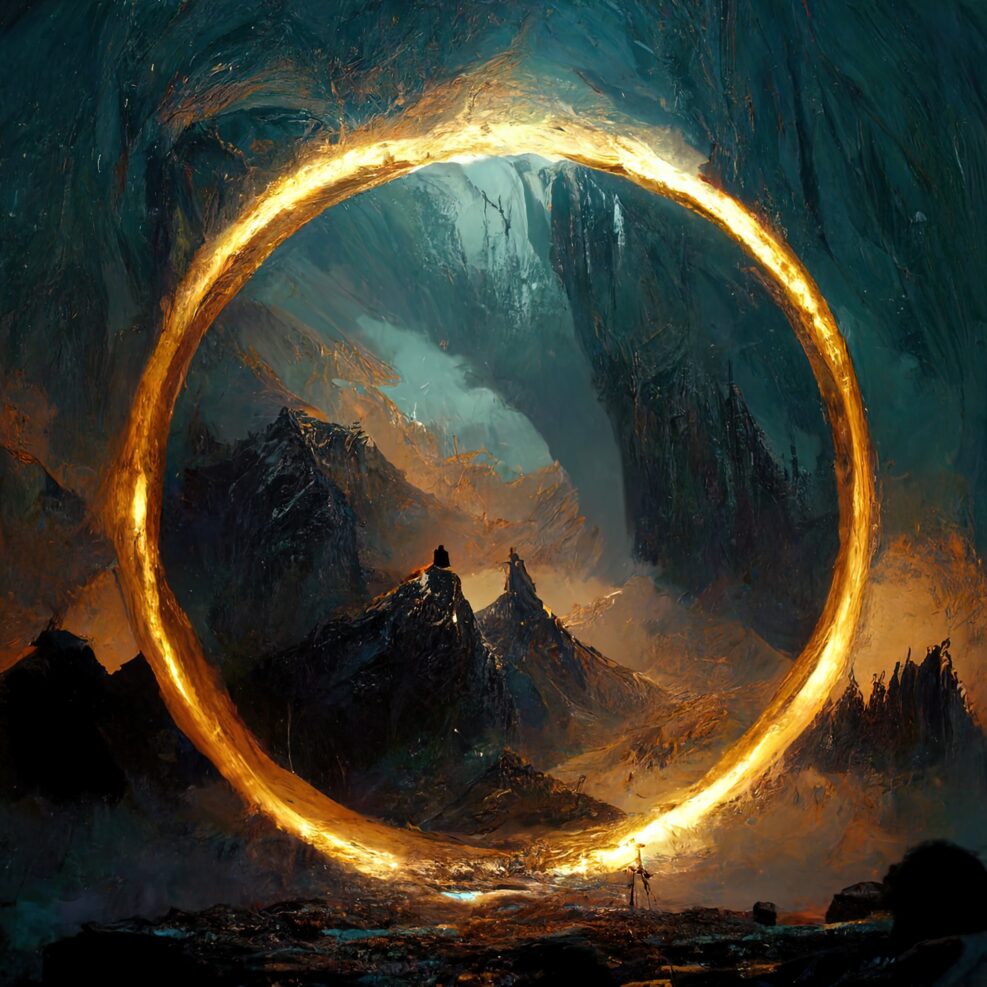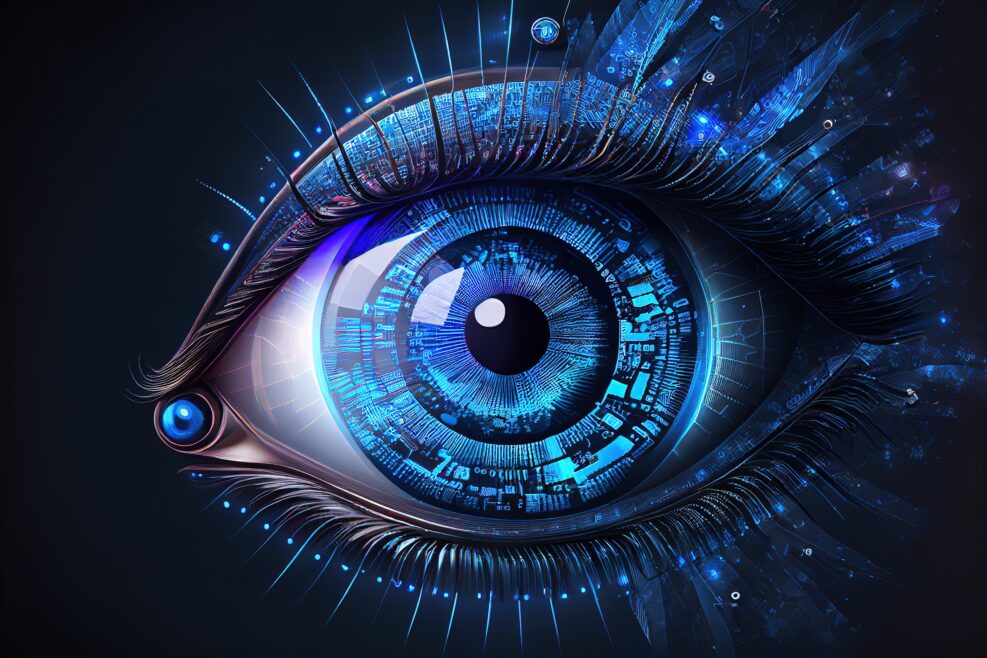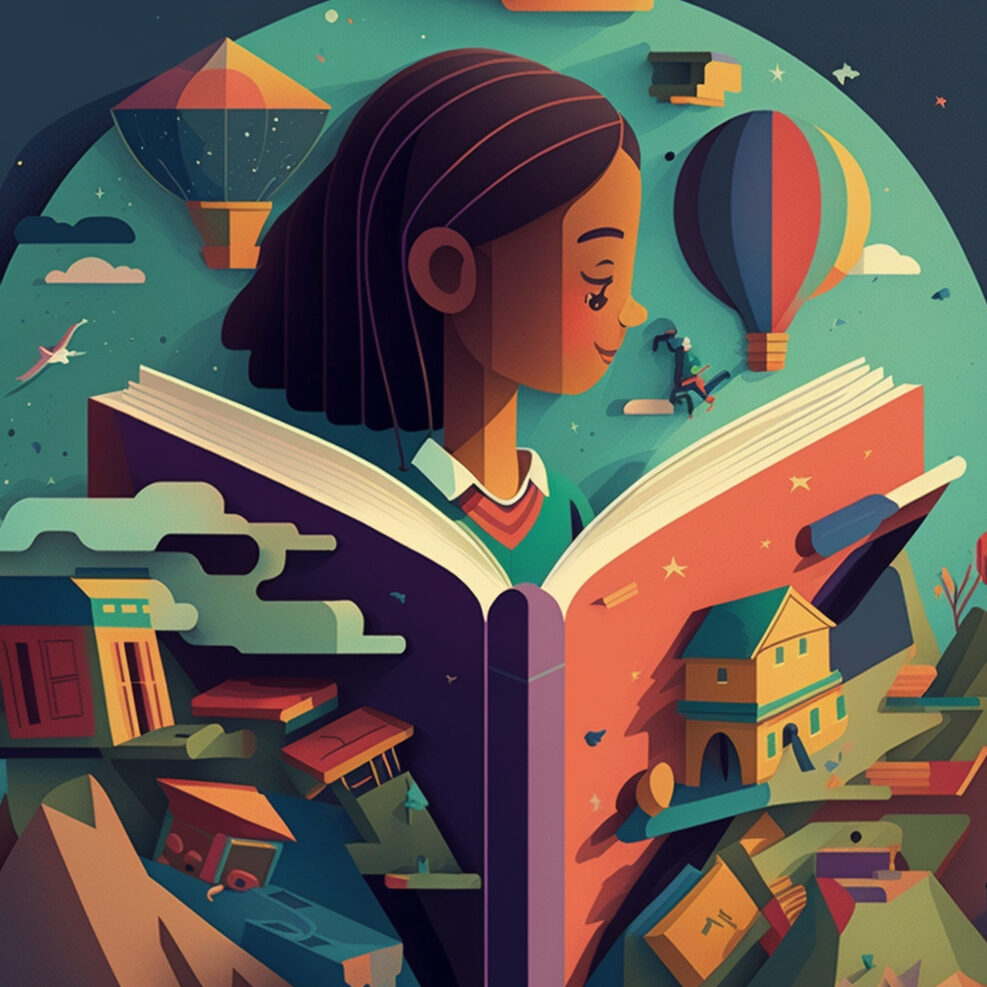
Don’t Turn The Lord of the Rings into Star Wars
When you have something as good as the world of Middle Earth, it becomes ever easier to injure the original vision and trade quality for commercial successAmazon’s The Rings of Power, which is based on the appendices in J.R.R. Tolkien’s The Lord of the Rings, was an ambitious and expensive project that arguably provided little more than a surface-level and underdeveloped interpretation of Middle Earth and its characters. The show, while entertaining and with its strengths, exemplified a flaw many fans feared: commercializing Tolkien inevitably leads to compromise. Even Peter Jackson’s highly praised rendition of the fantasy epic has its critics, including Tolkien’s son and heir of the family estate, Christopher. The show was visually stunning but had some storytelling issues. For one, we don’t ever get a sense of Middle Earth’s size. Characters pop in and out of different places as if it’s a five-minute Read More ›







